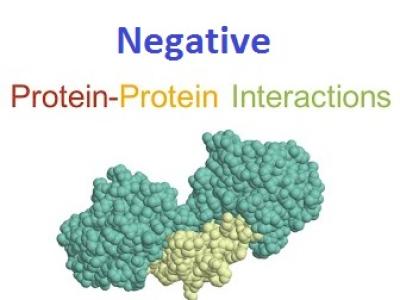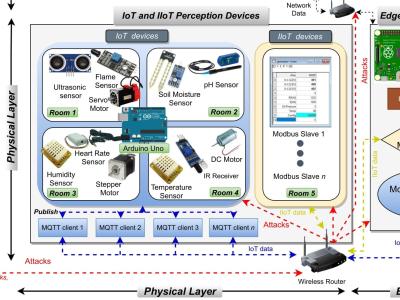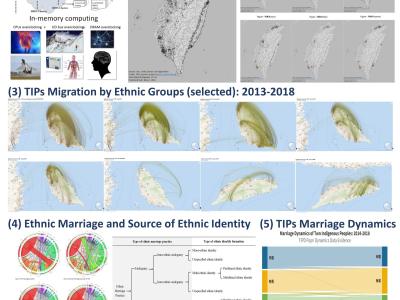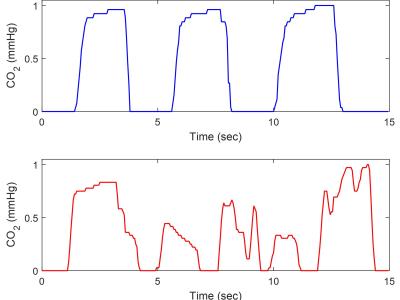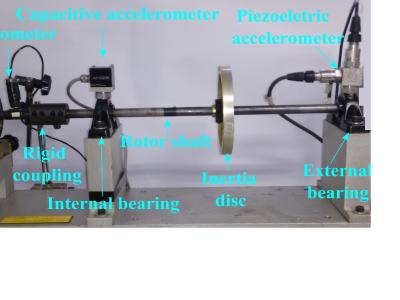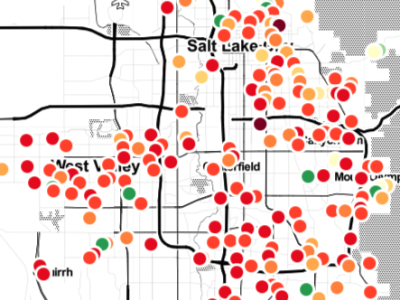
The proliferation of efficient edge computing has enabled a paradigm shift of how we monitor and interpret urban air quality. Coupled with the dense spatiotemporal resolution realized from large-scale wireless sensor networks, we can achieve highly accurate realtime local inference of airborne pollutants. In this paper, we introduce a novel Deep Neural Network architecture targeted at latent time-series regression tasks from continuous, exogenous sensor measurements, based on the Transformer encoder scheme and designed for deployment on low-cost power-efficient edge processors.
- Categories:
